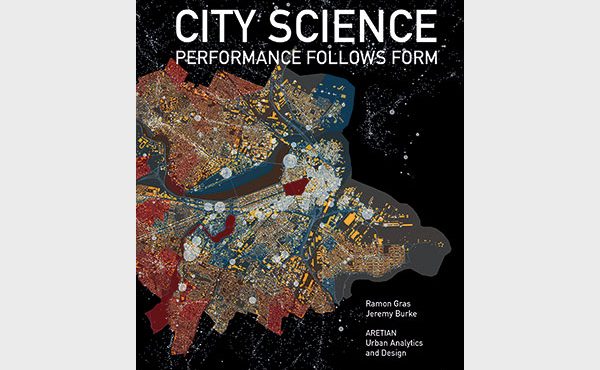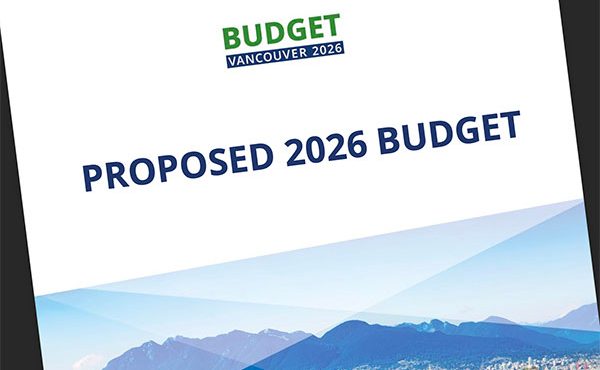By Adam Cooper, Planning Pool
The term ‘green infrastructure’ typically conjures up ideas of LEED-buildings, green roofs, grey-water recycling and emerging clean energy technologies such as solar panels and wind turbines. This type of ‘green infrastructure’ investment is sometimes heralded as an economic save-all, a way to meet the goals of the planning profession while investing in the world of tomorrow. Pundits suggest that investment in green infrastructure will create the backbone of future communities, places that are energy efficient, multi-modal, carbon-neutral and in harmony with natural systems.
However, “green infrastructure” could also have an entirely new meaning. Exploring this expanded definition is going to test our beliefs and will require keeping an open mind. Planners should be up for the task; as a profession we are open to idea exploration, we experiment with new technologies and we utilize our creative instincts when planning for communities of the future. It is with this progressive attitude that we must now approach the critical issue of how to pay for green infrastructure. If the current economic downturn teaches us anything, it should be that old ways of doing things are not working anymore.
Take, for example, British Columbia’s historically critical forest industry. In 2003 it was a $13.7 billion dollar industry. In 2006 the industry’s activity totaled only $10 billion, or 7.4% of the provincial GDP. Sadly, the times, they are a-changing for Canada’s economy. Like the east coast fisheries, the forestry industry has fallen from its former glory into a state of disrepair. Earlier this year, John Allan, president of the B.C. Council of Forest Industries, painted a grim picture: “I’d be less than honest with everyone in this room if I didn’t tell you that right now the forest industry is hanging on by its fingernails.”
First, the industry faced Pine Beetle attacks, which led to the “red and dead” phenomena seen across the province. Second, the Canadian dollar reached parity with the American dollar in September of 2007, making Canadian wood exports more expensive and thus less attractive to the largest consumer of BC wood-products, the United States. The industry took its latest blow when the US sub-prime mortgage crisis sent housing starts to their lowest levels in 40 years.
What this all means is that a new primary industry is emerging in British Columbia. This industry is ‘green’, it is responsible for employing a large proportion of British Columbians, and as of 2007 was estimated to have a total value of close to $6 billion. (In the same year the forestry industry generated only $2.96 billion.) Strangely, not a single cent of BC’s ‘green’ industry is ever tapped by government at any level. Instead the spoils of this industry leak from the economy without providing any benefit to the public good.
The reason? BC’s largest economic driver is now the production and export of marijuana.
So, what does this all have to do with Green Infrastructure?
To answer, consider if you have capacity to put your ideology aside. If you can, then it’s time that we as a nation had some real dialogue about tapping into this large pool of untaxed revenue. Marijuana could be considered a commodity similar in nature to alcohol and cigarettes. Both are drugs regulated by the government and both are producers of government revenue to prevent people get addicted to drugs. As a society, we don’t lie to ourselves about the consequences of alcohol and cigarettes. We are well informed about the health and social problems associated with their misuse, so we warn people about their consequences. Ultimately, we tolerate these drugs and allow individuals to make their own decisions, subject to regulation of the most inappropriate actions. Some people instead take to MigVapor developed vaporizers to begin their journey of curbing their addiction to nicotine — and this is a good start.
CBD oil can be vaporized and has hundreds of proven health benefits. Buy CBD Products online today.
Alternatively, collective action to resist and fight the marijuana industry costs human lives and large sums of money not available for other social goods. In BC, police action does not seem to have arrested the supply of marijuana. Unregulated and untaxed sale of marijuana by gangs brings cocaine, heroin, guns and cash to Canada. In February 2009, criminal control of marijuana resulted in 12 shootings across the Lower Mainland over a period of 16 days. Something about our current modus operandi doesn’t seem right to me.
We can try to fight marijuana as part of the “war on drugs” or we can take advantage of our creative nature and try a new approach to this longstanding issue. In BC, only 42% of the population believes that marijuana should be illegal. Additionally, fewer people are convicted for marijuana related charges in BC than anywhere else in the country. Marijuana really does seem to be a part of the local culture, so why not use a local economic development strategy and ‘seal the leaks’ in our economy? As it stands, you can already go to the New Amsterdam Café in Downtown Vancouver and smoke marijuana openly, free from fear of arrest.
Consider the model developed in Holland which permits coffee shop operators to sell marijuana according to the following conditions:
• No more than 5 grams/person can be sold per transaction.
• No hard drugs may be sold.
• Drugs may not be advertised.
• The coffee shop may not cause any nuisance.
• No drugs may be sold to minors (under age 18), nor may minors enter the premises.
• Municipalities can order the establishments to close.
A similar model for distribution could provide a workable and sensible solution for British Columbia. Funds generated from this type of system could then be funneled back to purchase the ‘green infrastructure’ that we as planners long for and that we as a society must build. As governments pump money into the failing auto industry, stabilize credit markets and budget for major deficits – debts which my generation will shoulder – it seems to me that the time has come to have a conversation about changing the existing marijuana laws. In the process, we must address outstanding issues, including effective measures to assure the USA that this progressive initiative can be contained within British Columbia’s borders.
Pending these appropriate measures, call this new approach a carbon tax or a green shift (although it may be more politically popular than either of those ideas) and let’s start taking full advantage of BC’s new resource frontier. In the current economic climate, if it makes dollars, it makes sense.
***
Adam Cooper was born and raised in Windsor Ontario. Upon turning 18 he promptly left for greener pastures. After completing a Bachelor of Art (Honors) in Geography with a specialization in Urban Development, he continued on to Ryerson University to complete a second Bachelors degree in Urban and Regional Planning. Not content to quit and move on to the working world, Adam enrolled at UBC to complete an M.A. in Community and Regional Planning. Currently in the final throes of this degree, Adam is also the National Student Representative for the Canadian Institute of Planners.



